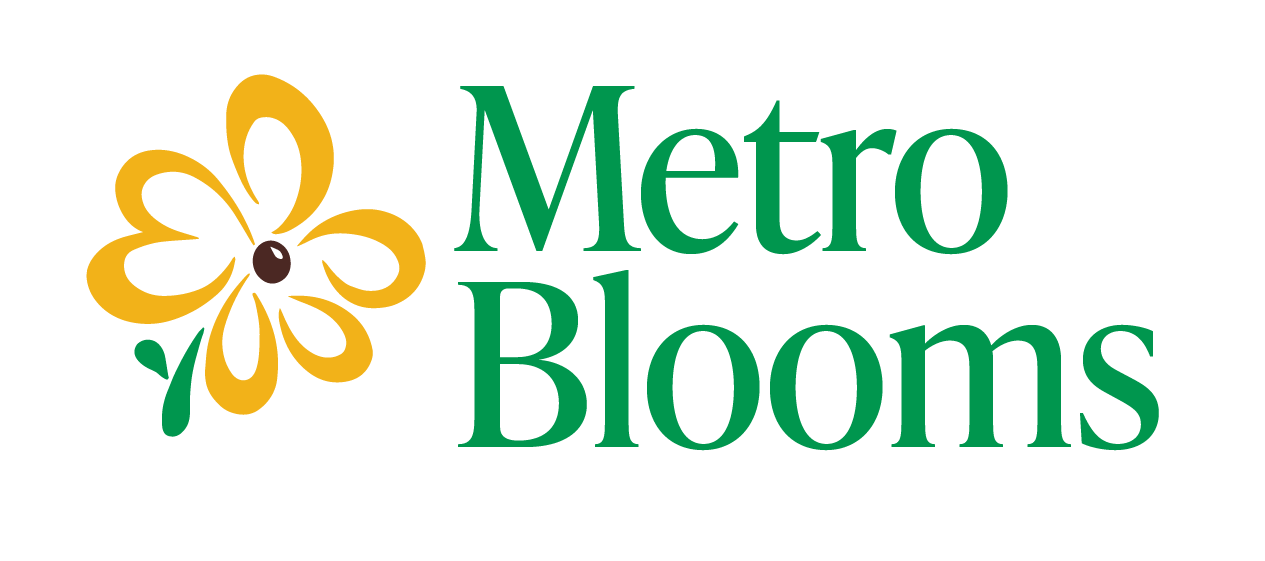Family: Rosaceae
Scientific Name: Filipendula rubra
Queen of the Prairie is a rare, native perennial that favors high quality habitat. Named filum for “thread” and pendulus for “hanging”, this plant’s name refers to some species’ small tubers strung together by fibrous roots. It thrives in full sun, wet to moderate moisture, and sandy to loamy soil and is often seen in meadows, prairies, and woods.
Watch for: An erect perennial, 3-6 feet tall. The flower is a showy pink inflorescence on a long naked stalk and blooms June-July. While blooming, the flowers look a lot like wind-tossed pink fluff. The central stem is smooth and has a tendency to look reddish in the sunlight. Leaves are alternate, compound, and can be up to 2 feet long. Each leaf has 1-7 palmate leaflets with coarsely dentate margins.
Other names: Filipendula
 History: The root of this native Minnesota species has been used throughout history to treat various heart troubles and has also been used as a love medicine as it’s considered an herbal aphrodisiac. In addition, it can be used to treat skin rashes as the root has a high tannin content.
History: The root of this native Minnesota species has been used throughout history to treat various heart troubles and has also been used as a love medicine as it’s considered an herbal aphrodisiac. In addition, it can be used to treat skin rashes as the root has a high tannin content.
Tidbits: The Queen of the Prairie is a very interesting plant. It produces pollen favored by bees, beetles, and flies, but doesn’t create any nectar! It’s also very useful for restoring fields as it is an indicator of high quality habitats.
Gardens/Cultivation: Filipendula rubra prefers the cooler climate of the Great Lake region to hot, dry summer heat. Leaves can become spotted from foliar disease, but the plant is otherwise not subject to diseases or fungus and the foliage is not commonly eaten by deer or other herbivores. Deadheading is not necessary as the flower heads are decorative and it does little to encourage rebloom. If division is necessary, it’s best to divide this plant in the fall.
__________________________________________________
Sources:
Illinoise Wildflowers Database: http://www.illinoiswildflowers.info
Smith, Huron. 1928. Ethnobotany of the Meskwaki Indians. Bulletin of the Public Museum of the City of Milwaukee 4:175-326.
USDA Plants Database: http://plants.usda.gov
